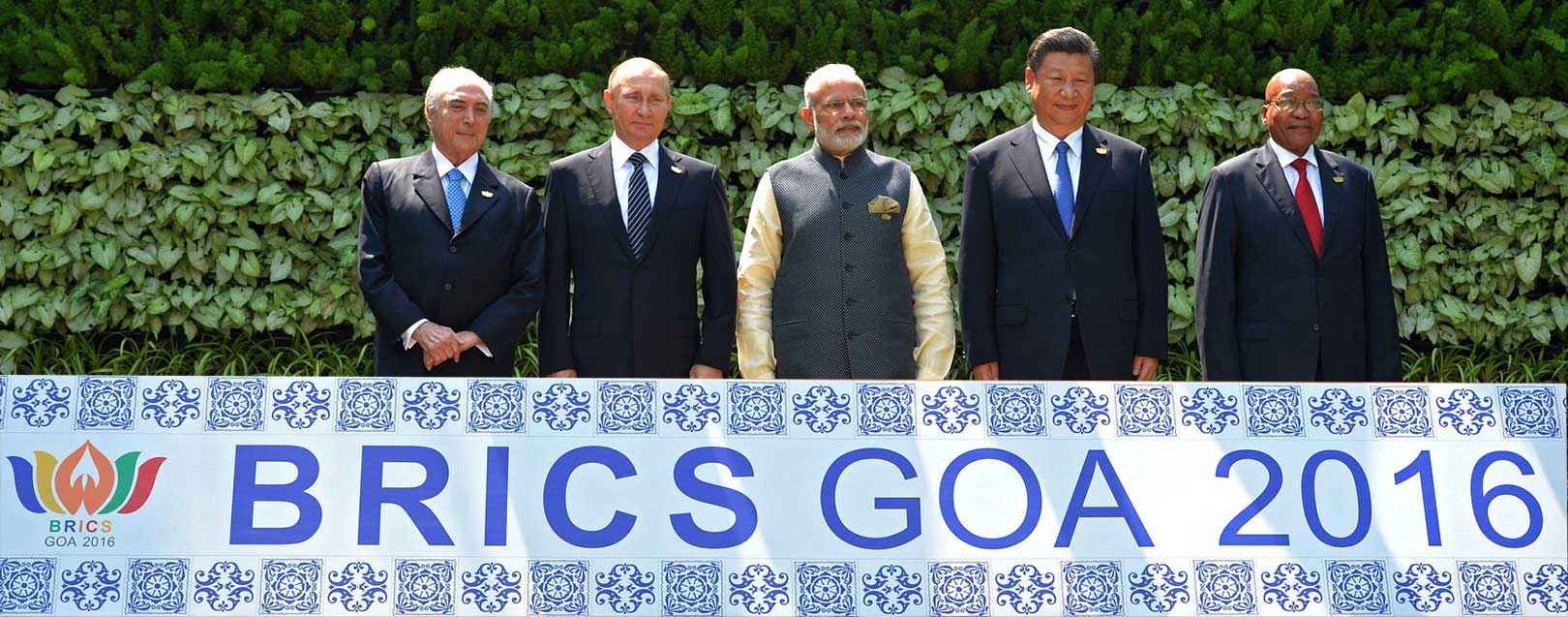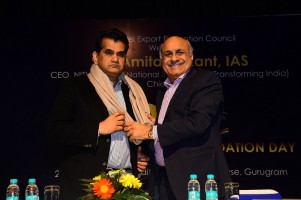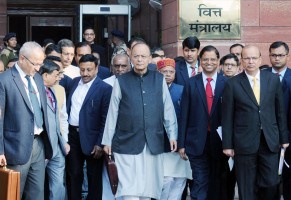
India unable to leverage FTAs: FIEO
Sreenivasa Rao Dasari
The Federation of Indian Export Organisations (FIEO) sees many factors affecting the export performance of the Indian industry. Despite several free trade agreements (FTAs), Indian exporters failed to tap the potential as several micro issues were not addressed in the trade pacts, FIEO Chairman (southern region) Dr Sakthivel tells The Dollar Business correspondent.
Recently FIEO observed that Indian exporters are not making use of 27 FTAs that India signed with other nations, why?
India currently engaged with 19 Regional Trade Agreements (RTAs) apart from several bi-lateral engagements. However, several studies point out that while partner countries could make inroads into our country by increasing their exports, India could not utilise the free-trade agreements (FTAs) fully for increasing our exporters.
What are the reasons you see for this gap?
I see three major factors. Firstly, Indian exporters most of them, have not understood FTAs fully as to how their products can get benefit, how they can utilise the concessions as a tool for marketing.
Secondly, some FTAs, RTAs and Comprehensive Economic Cooperation Agreements (CECAs) made by India have led to an inverted duty structure-like situation. For instance, import duty on some finished goods being nil or lower than the duty on raw materials imported from other countries. Under some FTAs, finished products can come to the Indian market free of duty where as an SEZ unit which manufactures and sells in Indian market needs to pay duty.
These issues under some FTAs with different countries need to be taken up with them at bilateral and multilateral forums. With GSP (Generalised Scheme of Preferences) gone, entering into FTAs is the only way to compete with countries like Bangladesh.
Thirdly, issues such as higher standards, NTBs (non-tariff barriers) and protectionist policies are hampering our exports to these markets. These issues are not taken care under the existing agreements.
How does FIEO address these problems?
I am happy to inform you that the Union Ministry of Commerce jointly with FIEO launched a web portal www.indiantradeportal.in to provide comprehensive information on foreign trade subject to the exporters apart from providing other related information on tariffs, non-tariff barriers (NTBs), etc. FIEO and the Ministry of Commerce have taken several initiatives to create awareness among exporters. In this regard, we organised several programmes at almost all the export clusters. I am sure that in the coming years the results will be visible.
What measures do you suggest to the government and exporters so that FTAs are fully utilised properly?
India is working on its highly ambitious RCEP (Regional Comprehensive Economic Partnership). I would like to caution the government that before finalizing the RCEP agreement, it should assess the impact on each segment of our industry. Even though India will find good opportunities as large markets like China will open up to us. The manufacturing capabilities of these countries should be factored in as majority of our exporters are from the MSME sector who are finding it difficult to compete in the present environment.
India, EU may resume talks on FTA any time. What is your take on this?
As India already lost GSP benefits on many products and lost its competitive edge in the EU market for our products including textiles and garments to MFN countries including Bangladesh. Hence, there is an urgent need for India to speed up and conclude FTA with EU. For instance, Bangladesh exports $15 billion worth of RMG (ready-made garments) annually to EU, while our export volume is about $7.5 billion. If India signs FTA with EU, our export growth can be in double digits in the RMG segment. Similarly, there is a need to speed up the CEPA negotiation with Canada, CECA with Australia as well.
How do you see the impact of Trump administration and Brexit on global trade?
Brexit and the US post-election have created new global business environments. The present trend across the globe is to implement protectionism by way of non-tariff barriers. The major one is in the form of higher standards. Products from other manufacturing countries will find a way into the Indian market as we don’t have higher standards for domestic industry and can’t impose it as we may find it difficult to enter potential markets as our product standards may be lower.
Hence, the biggest challenge in the coming years for Indian manufacturers will be to adhering to higher standards. FIEO has urged the Centre to come up with special packages for domestic industry to cope up with this challenge. FIEO takes up several measures to create awareness amongst the exporters on the need for better manufacturing practices, product standards, investment in R&D, etc. There is a need to lay more focus by Indian exporters on opportunities in FTA partner countries and utilise the duty benefit of getting into these markets. There are enormous opportunities for Indian exports provided we move towards deeper integration to produce high value products and enhance quality standards in the domestic industry.
How do you see the impact of demonetisation on export performance?
There was some negative impact initially as labour intensive sectors faced several issues including closure of business activity for almost five weeks. However, it is past now and almost all the exporting units are paying wages though fund transfer. I think it is a behavioural change which has been imposed for a better tomorrow. The negative impact of demonetisation in export performance may be visible in this month’s export, but will bounce back as green shoots of opportunities are visible to the Indian exporter.
What suggestions can you give on behalf of FIEO?
Financial discipline is the need of the hour and we whole heartedly support this initiative. In many of the sectors such as garments, leather, handicrafts, etc. 100% digital wage payment is not possible. Hence, based on the profile of the sector, there is a need for cash disbursement, which should be recognised.
Where do you see India in global trade?
Indian exporters need to focus more on R&D and quality standards. We need to implement out of the box ideas that will take us to a new direction in product diversification. If we look at top 100 products imported globally, we can see that only two or three products exported by India have more than 5% global market share. This shows that there is an urgent need for product diversification and innovation. For example, in the textile segment, globally technical textile segment is growing at a higher pace and is expected to continue. However, we don’t have many manufacturers in this sector. FIEO has suggested to the Tamil Nadu government to promote technical textile cluster with R&D, testing facilities, etc. so that the State can become a leader in this segment.





